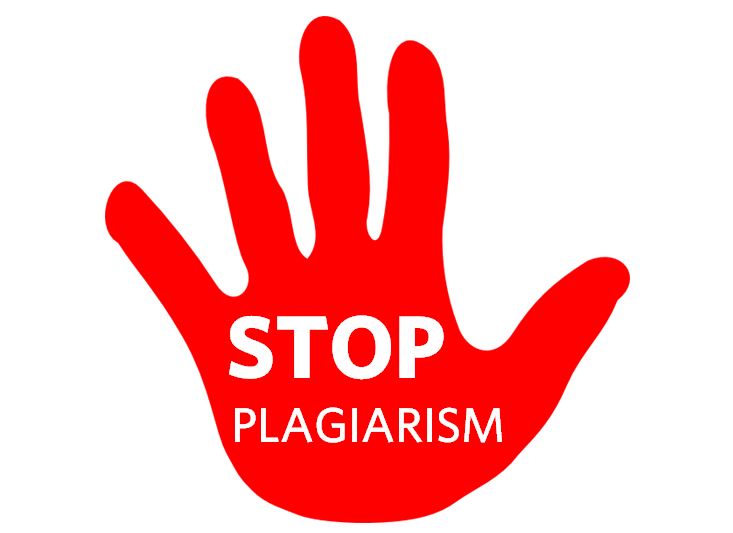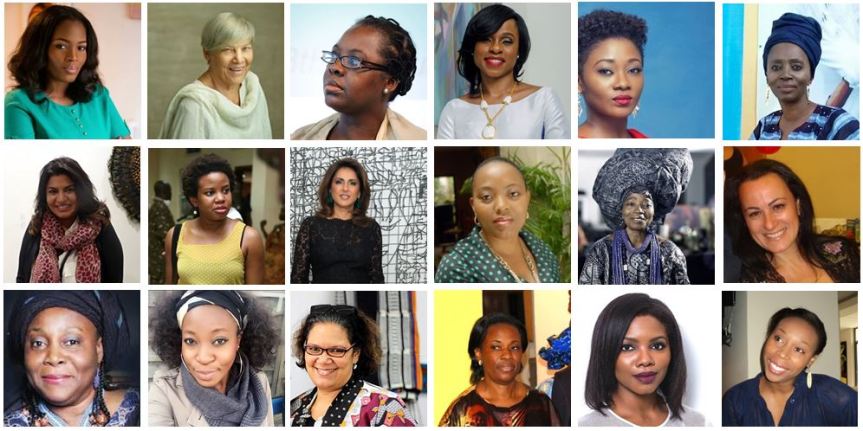
A few days ago Chika Okeke-Agulu wrote in his blog about cases of plagiarism he has suffered in the past. This is unfortunate. Sadly, he is not the only one. Here is my own.
On August 15, 2014 I posted in this blog a write up on the artist Ike Francis Okoronkwo. A few days ago I learnt of an article written recently by a lecturer in a university in southern Nigeria, doing his PhD in another university, also in Southern Nigeria. He went ahead and uploaded it to Academia.edu and to his blog. FOUR FULL PARAGRAPHS were copied verbatim from my write up without any permission from my part or acknowledgement of their origin. Though my publication is included in the list of references at the end of the article, the four paragraphs were presented as having been written by the author. No doubt, a clear case of infringement of copyright. I copy below the four paragraphs mentioned above.
I sent a message to this person. He apologized and removed the article from circulation, though it is still referenced in google scholar. I do not want to create animosity or damage the career of anybody, but plagiarism is a very serious matter in scholarly circles. Plagiarism affects not only the person who practices it, but the institution where the plagiarist works and the whole university system. A plagiarist is unqualified to work in a reputable university. A plagiarist should not be awareded a PhD degree. I am not taking any action against him, but, I hope the authorities in the two universities affected by the case will do something about it. If they allow cases like this go unpunished, it will send the wrong signals. It is up to them to do something, or let it go…
PARAGRAPH 1
ORIGINAL TEXT
Two pieces attracted particularly my attention: “Of Black Mail and Black Boxes”, a work made of three square panels and nine hanging cubes, mostly black with some silvery hues and, especially, his installation titled “Power Tale” made of three polycarbonate boxes containing high relief idealized representations of three cities: New York, Dakar and Lagos.
PLAGIARIZED TEXT
Two interesting pieces are worthy of note, “Of Black Mail and Black Boxes”, a work made of three square panels and nine hanging cubes, mostly black with some silvery hues and, especially, his installation titled “Power Tale” made of three polycarbonate boxes containing high relief idealized representations of three cities: New York, Dakar and Lagos.
PARAGRAPH 2
ORIGINAL TEXT
While the work “Blank mails”, with its references to spam messages and unwanted mails marketing the unmarketable, is a clear and obvious piece, “Of Black Mails and Black Boxes” is a dark one, and not only because of the colour covering the reliefs; the chunks of coal, the barely legible references to fraud emails, the computer circuitry succeed in bringing to mind how technology can also be an instrument for dehumanizing activities. Ike Francis had tried the black charcoal before, but the results had not been so successful. The symbols of letters and numbers –with their rigidity and rationality- have a dominant presence that balances the organic and casual character of the coal, the randomly scattered electronic parts and the other small blocks that fill the piece; and all this, within the constricted confines of small square panels (just 60 x 60 cm). Even without the addition of the hanging cubes, the three panels successfully tell a story.
PLAGIARIZED TEXT
While the work “Blank mails”, with its references to spam messages and unwanted mails marketing the unmarketable, is a clear and obvious piece, “Of Black Mails and Black Boxes” is a dark one, and not only because of the colour covering the reliefs; the chunks of coal, the barely legible references to fraud emails, the computer circuitry succeed in bringing to mind how technology can also be an instrument for dehumanizing activities. Ike Francis had tried the black charcoal before, but the results had not been so successful. The symbols of letters and numbers –with their rigidity and rationality- have a dominant presence that balances the organic and casual character of the coal, the randomly scattered electronic parts and the other small blocks that fill the piece; and all this, within the constricted confines of small square panels (just 60 x 60 cm). Even without the addition of the hanging cubes, the three panels successfully tell a story.
PARAGRAPH 3
ORIGINAL TEXT
The work on which Ike Francis has invested a greater deal of time and emotional input is his installation “Power Tale”. Three glass cubes containing idealized representations of three cities. Each of them with anonymous, repetitive building blocks made of circuitry and each of them with an emblematic building or monument that identifies them: The Statue of Liberty in New York, the Monument to the African Renaissance in Dakar and the National Theatre in Lagos. The three icons stand out among the amorphous city layouts. They work as markers and they have a clear historical and cultural significance within their locations.
PLAGIARIZED TEXT
The work on which Ike Francis has invested a greater deal of time and emotional input is his installation “Power Tale”, Stuart(2014) asserts. Three glass cubes containing idealized representations of three cities. Each of them with anonymous, repetitive building blocks made of circuitry and each of them with an emblematic building or monument that identifies them: The Statue of Liberty in New York, the Monument to the African Renaissance in Dakar and the National Theatre in Lagos. The three icons stand out among the amorphous city layouts. They work as markers and they have a clear historical and cultural significance within their locations.
PARAGRAPH 4
ORIGINAL TEXT
Ike explains how the Statue of Liberty and the Renaissance monument point upwards, towards the future, while the National Theatre in Lagos, is horizontal, static. The introduction of tiny LED lights adds a new dimension to the work. Those in New York are densely distributed reaching all corners of the box; in Dakar they are more thinly present. In Lagos there are only a few of them and, unlike in the boxes for New York and Dakar, the lights go on and off. This treatment of the problem of unsteady power supply in Lagos might be a little oversimplified, clichéd and literal, but definitely, it works well in this installation as a device to convey meaning without words.
PLAGIARIZED TEXT
Ike explains how the Statue of Liberty and the Renaissance monument point upwards, towards the future, while the National Theatre in Lagos, is horizontal, static. The introduction of tiny LED lights added a new dimension to the work. Those in New York are densely distributed reaching all corners of the box; in Dakar they are more thinly present. In Lagos there are only a few of them and, unlike in the boxes for New York and Dakar, the lights go on and off. This treatment of the problem of unsteady power supply in Lagos might be a little oversimplified, clichéd and literal, but definitely, it works well in this installation as a device to convey meaning without words.




















